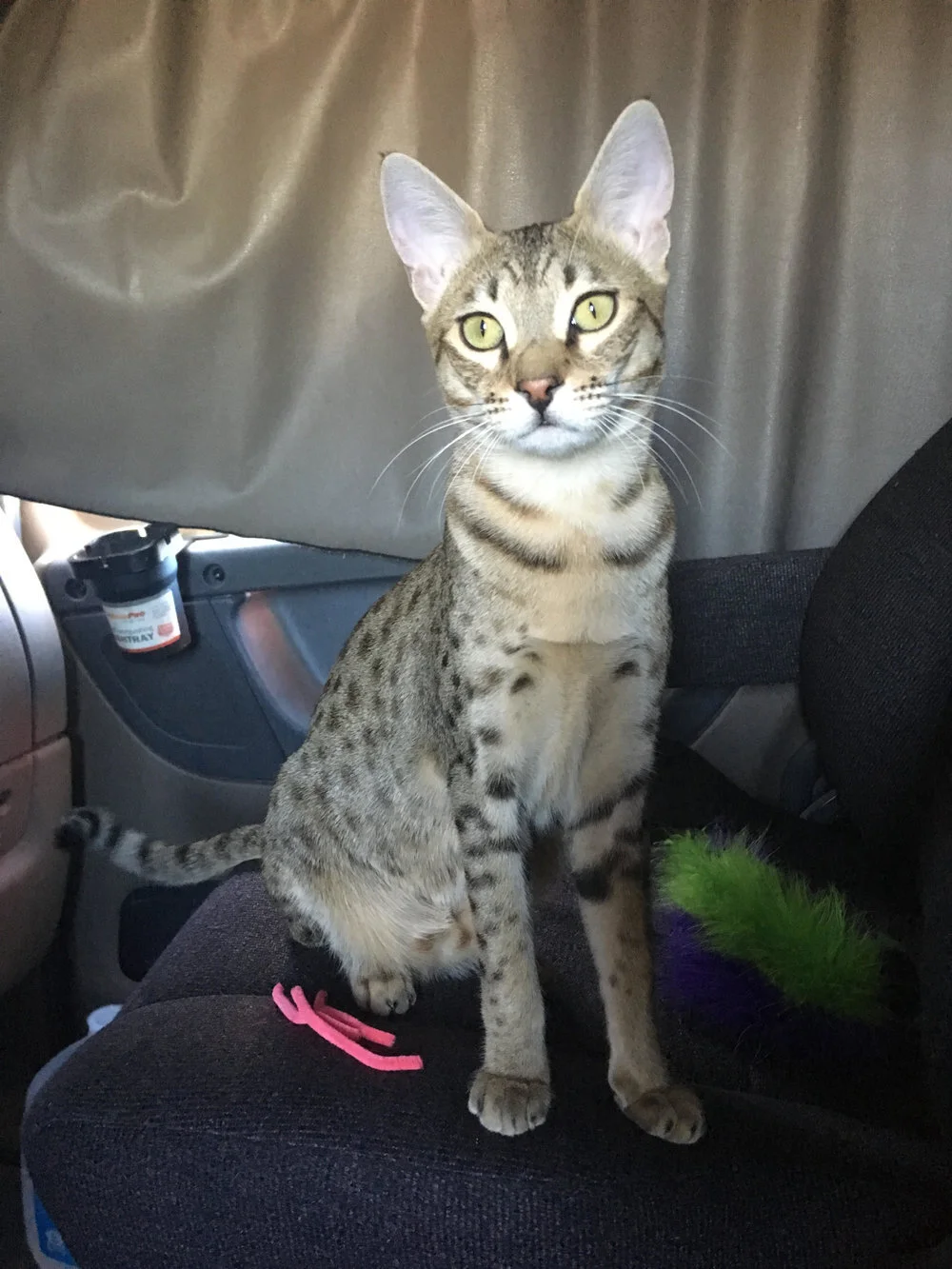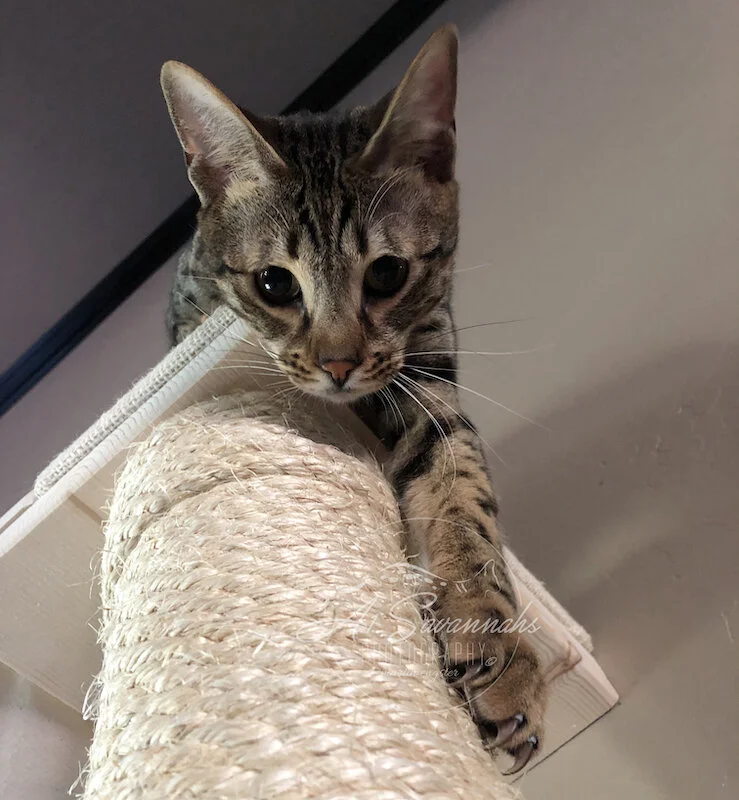Cats are often thought of as homebodies. They seem to enjoy lazing around, napping, keeping you company as you work or simply going about your day. However, every animal requires some physical activity in order to stay healthy, and this is true of cats as well. Even if you have managed to make your home really cat-friendly, cats also have a natural curiosity that cannot be completely sated by only exploring their immediate surroundings. If you want to help your cat explore further without compromising its safety, there are some precautions you will want to take. A big part of that will be wearing a harness. The easy steps that follow make up what we call teaching your cat to wear a harness 101. This will help you offer more freedom to your pet without jeopardizing its health.
The reasons for harness training your cat
As mentioned above, cats are curious and adventurous creatures. Certain breeds of cats are very smart and need constant stimuli to thrive. They like to explore. However, many people have very negative opinions of free-roaming cats. Because they are known to do things like dig or chase after birds on their property, many consider them pests. Throughout the US, free-roaming outdoor cats are often shot, stolen, or poisoned for these reasons. This is probably the main reason why it is a good idea to train your cat to walk on a leash.
Even if you are lucky enough to be living in a pet-friendly neighborhood where no mean neighbor will even think about poisoning your cat, the great outdoors can still be fraught with danger. Letting your cat go outside without supervision leaves it more exposed to various dangers. It can get hit by a car or harmed by other animals. Even more importantly, a free-roaming cat is vulnerable to a myriad of diseases. Many of these are hard to detect or test for, but your cat can even pass them on to other animals in your household. Learning how to train a cat to walk on a leash and harness is of utmost importance for its health and safety.
How to harness train your cat
The first is the obvious step – purchase a harness. Before trying to do anything more, simply put it on your cat for a couple of days to let it get used to the feel of the harness. In many cases, your pet won’t be too enthusiastic about the new addition – quite the opposite. However, there are things you can do to comfort your cat during the adjustment period. One of the ways of harness training your cat is to stroke it while the harness is on or give it treats. You can also put it on before it plays with a toy or enjoys a meal. Whatever it is you have to do, the aim is to get your pet to feel comfortable wearing the harness.
When choosing a harness, ensure it has good chest coverage. Avoid attaching the leash straight to the collar as this can be very uncomfortable for your cat. Some cats are even able to wiggle out of it, making them a flight risk. The leash should be light and gentle, though it will still take some time for your cat to adjust to it.
Venture outside
Once your cat has adjusted to the feel of the harness, attach the leash to it and venture outside. Before taking to the streets, though, you should find a quiet outside area, possibly one that is enclosed or secluded from the street in one way or another. There shouldn’t be any loud noises from traffic or anything else that would scare your pet. Your backyard or garden would be perfect for this step. You could even do it on a porch. Now, the key ingredient in teaching your cat to wear a harness is patience. What you should do once you’re outside is let your cat take its time when it comes to exploring the environment. You can start by sitting down and letting your cat sit on your lap. Slowly, you will notice it beginning to wander around.
Broaden the perimeter
If your cat seemed comfortable roaming around your garden on a leash, you can then try going further. Try to find a place that is not too loud or with too much foot traffic to let your cat explore. While your cat roams around, always be on the lookout for animals that might attack it. Bear in mind that walking a cat will be quite different from walking a dog. Cats are much more prone to really exploring something that catches their attention. So, walking your cat might involve a lot of standing around as it smells something or stares at it. Again, knowing how to train a cat to walk on a leash and harness will require a lot of patience.
Safety
Before teaching your cat to wear a harness, make sure it has received all of its medications and shots. Microchipping your cat might be a good idea if you plan on walking it. No matter how safe you are being, it could happen that your cat just wanders off without you. You should also be aware that cats are much more difficult to turn away from the object of their attention than dogs. You shouldn’t pull hard on the leash in an effort to change the direction your cat is taking. This will only make it react negatively. However, if you believe its safety is at stake, just hold tightly on the leash without giving in and your cat will give up eventually. All in all, being caring and patient is at the root of teaching your cat to wear a harness 101.
Click on the pictures to see where it takes you and the links in the article.
Until our next cat convo



















